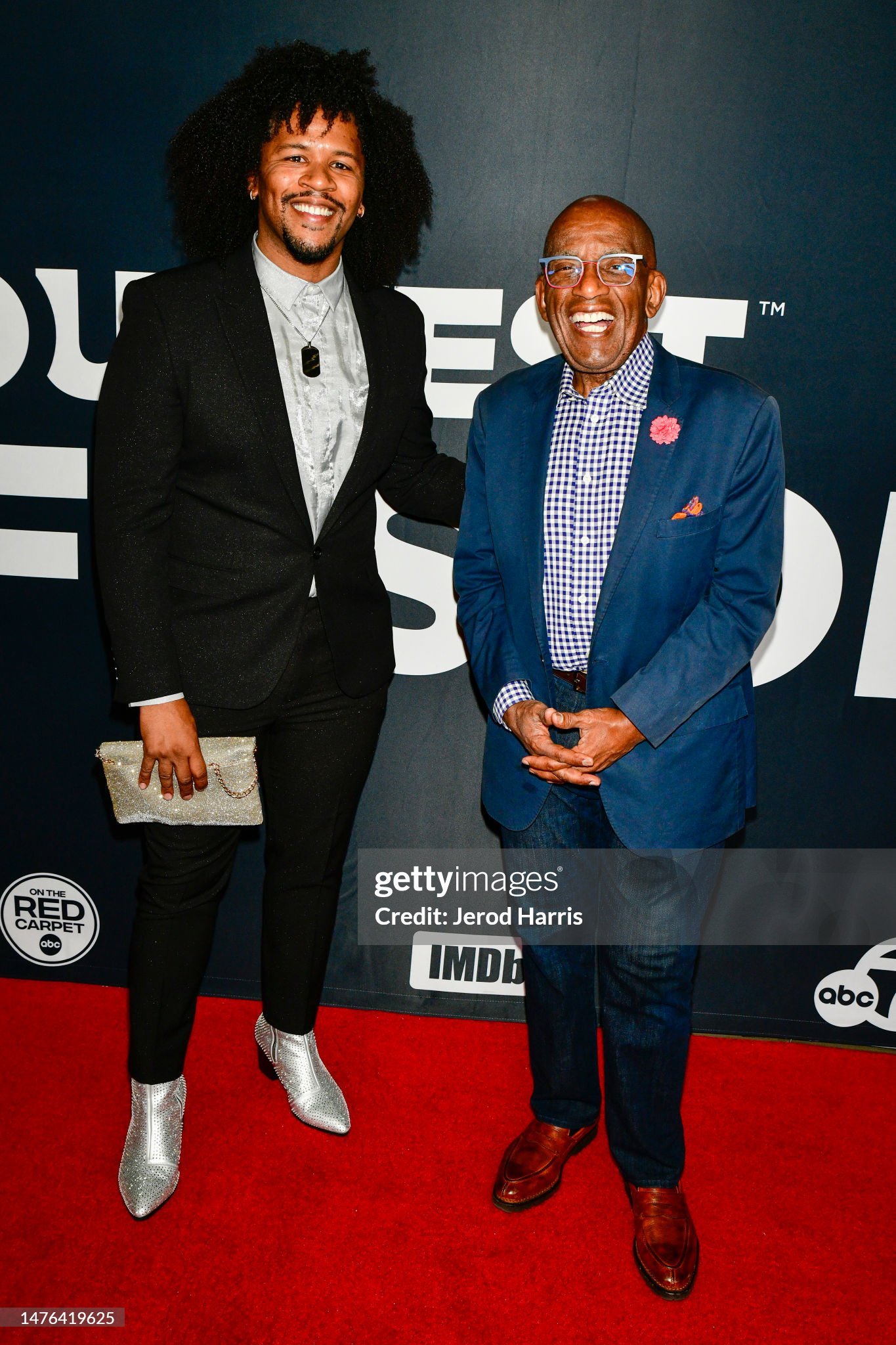What if light wasn’t just illumination—but memory made visible?
What if color wasn’t just surface—but archive?
What if sculpture wasn’t just form—but breath held across time?
In The Geometry of Light & Time, I found myself drawn into a trio of works that use the visual not just as spectacle, but as structure. HanHo’s pulsing light beams stretch across space like memory itself—luminous, rhythmic, holding silence and intensity in equal measure. Terry Adkins’ monumental Klein-blue steel feels less like a sculpture and more like a signal—rising like a sentry of ancestral knowing. And Amanda Williams? She quite literally grounds it all: reviving George Washington Carver’s forgotten Alabama soil pigment, transforming the wall into a living, chromatic archive of Black innovation.
Together, these artists push me to ask:
What if duration isn’t the best measure of importance?
What if vibration is? Exploring memory through color, light, and form.
Light and structure here don’t just show—they testify. Adkins, Williams, and HanHo each use their materials like time travelers, encoding stories into pigment, steel, and illumination. The result is a geometry where memory isn’t just remembered—it’s refracted.
These works let us stand inside history reimagined. They explore how attention and memory can live in the blue of soil, in the pulse of a light fixture, or in the bold stillness of a steel form.
This isn’t just “pretty” light. This is architecture made from reclaiming what’s been buried or forgotten. You don’t just look at this work—you feel it glowing under your skin. Time bends. Memory shines. And blue becomes a portal to presence.




